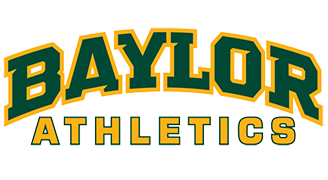Arthroscopic Bankart Repair
The shoulder joint (glenohumeral joint) is a ball and socket joint, where the head of the upper arm bone (humerus) attaches to the shoulder socket (glenoid cavity). The shoulder socket is extremely shallow and therefore needs additional support to keep the shoulder bones from dislocating. The labrum, a cuff of cartilage that encircles the shoulder socket, helps serve this purpose by forming a cup for the humeral head to move within. It provides stability to the joint, enabling a wide range of movements.
The labrum can sometimes tear during a shoulder injury. A specific type of labral tear that occurs when the shoulder dislocates is called a Bankart tear. This is a tear to a part of the labrum called the inferior glenohumeral ligament and is common in younger patients who sustain a dislocation of the shoulder. A Bankart tear makes the shoulder prone to repeat dislocation in patients under 30 years of age.
Diagnosis
Your physician will ask about your medical history and perform a thorough physical examination of your shoulder. Your doctor may recommend additional studies such as X-ray's or an MRI.
Treatment
Conservative treatment measures for a Bankart tear include rest and immobilization with a sling followed by physical therapy.
Bankart repair surgery is indicated when conservative treatment measures do not improve the condition and repeated shoulder joint dislocations occur.
Description of Procedure
Bankart surgery can be performed by a minimally invasive surgical technique called arthroscopy.
During an arthroscopic Bankart procedure, your surgeon makes a few small incisions over your shoulder joint. An arthroscope, a slender tubular device attached with a light and a small video camera at the end is inserted through one of the incisions into your shoulder joint. The video camera transmits the image of the inside of your shoulder joint onto a television monitor for your surgeon to view. Your surgeon then uses small surgical instruments through the other tiny incisions to trim the edges of your glenoid cavity. Suture anchors are then inserted to reattach the detached labrum to the glenoid. The tiny incisions are then closed and covered with a bandage.
Arthroscopy causes minimal disruption to the other shoulder structures and does not require your surgeon to detach and reattach the overlying shoulder muscle (subscapularis) as with the open technique.
Post-operative Care
- After your surgery, you will spend about an hour in the recovery room.
- Your physical therapist will start you on shoulder exercises the day following your surgery to strengthen and improve the range of motion of your shoulder joint.
- You will be allowed to perform your daily activities as tolerated, but without lifting objects heavier than a plate or glass while you heal.
- Your arm may be placed in a sling for three weeks to restrict use of your operated shoulder.
- You may resume light low-risk activities, like jogging and swimming 8 to 10 weeks after surgery, and may be advised to avoid contact sports for some time.
Risks
Arthroscopic Bankart repair is a relatively safe procedure. Being minimally invasive it is associated with fewer risks and a quicker recovery. Some of the potential risks associated include:
- Infection
- Injury to adjacent nerves or blood vessels
- Stiffness of the joint
- Pain


 Don't think you'll find a better
combination of physician and support staff! They are all very professional!
Don't think you'll find a better
combination of physician and support staff! They are all very professional! 

